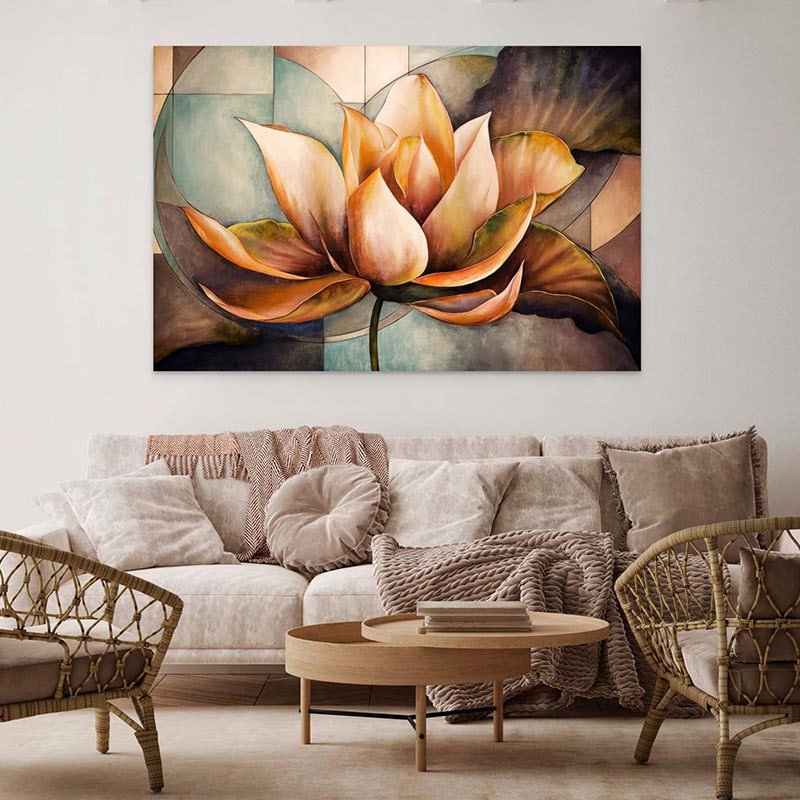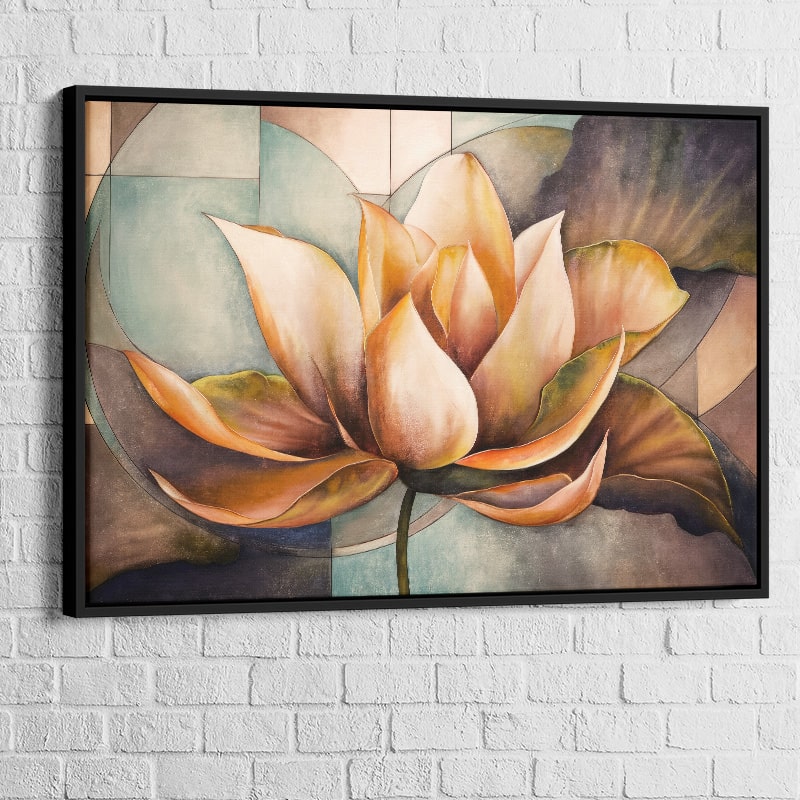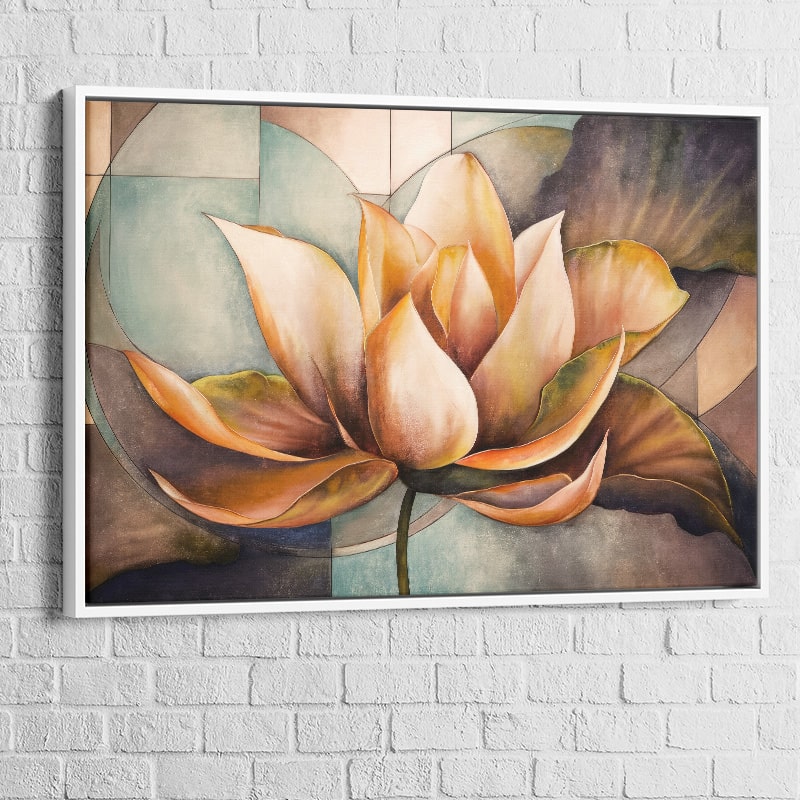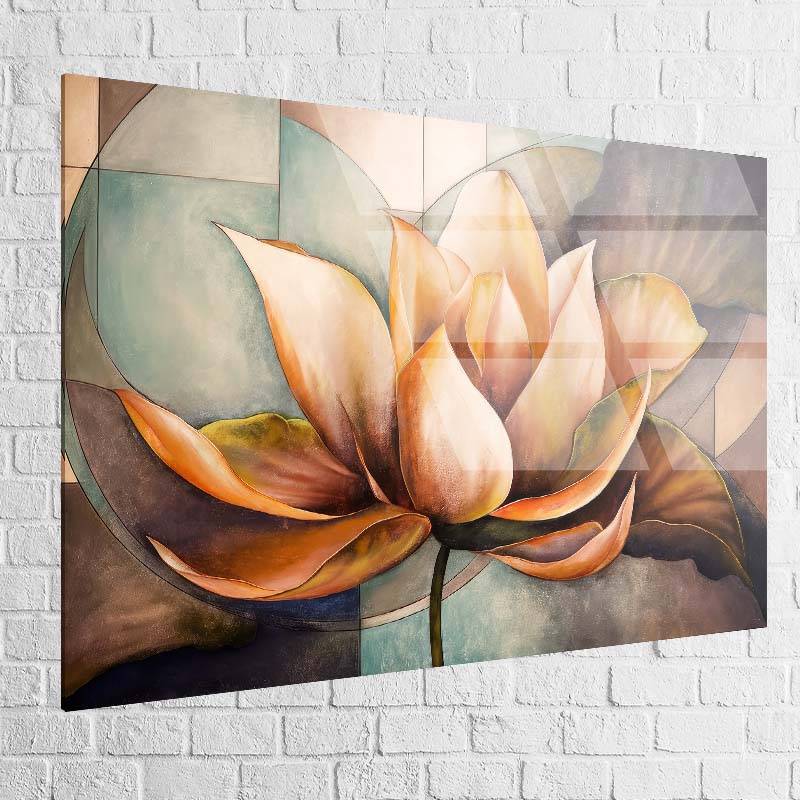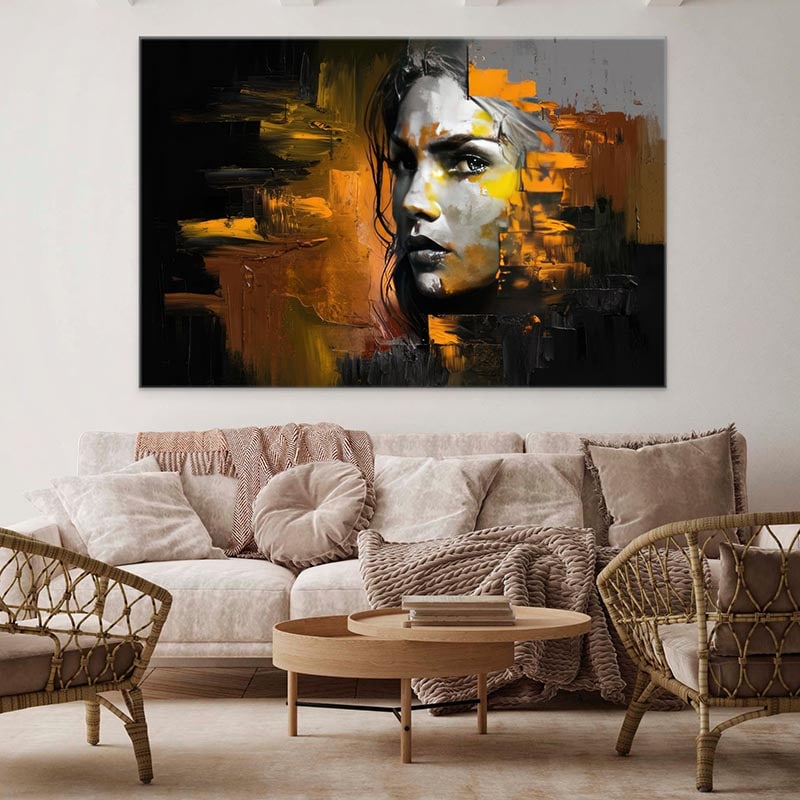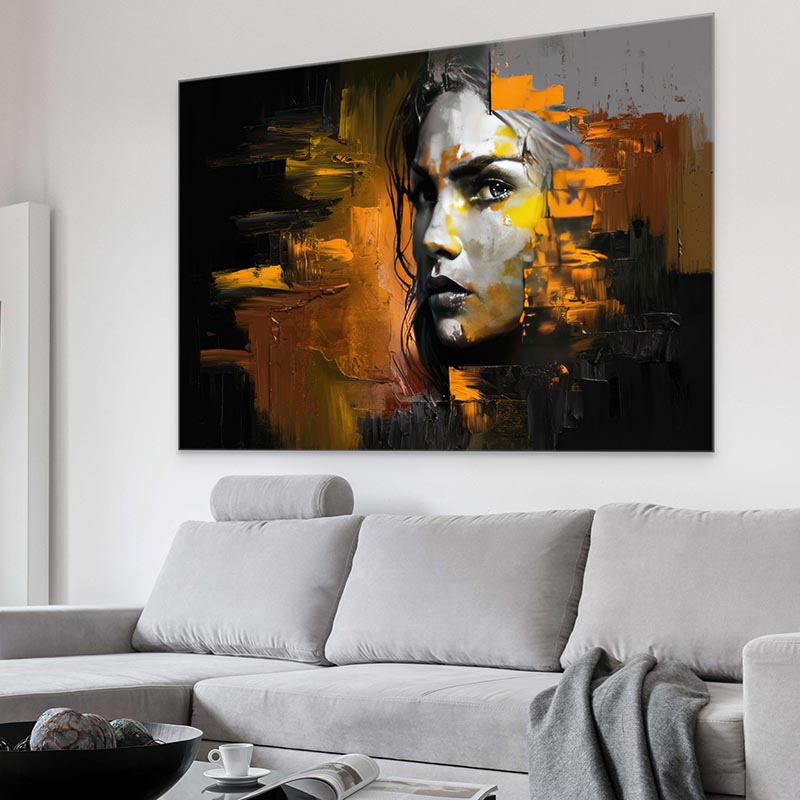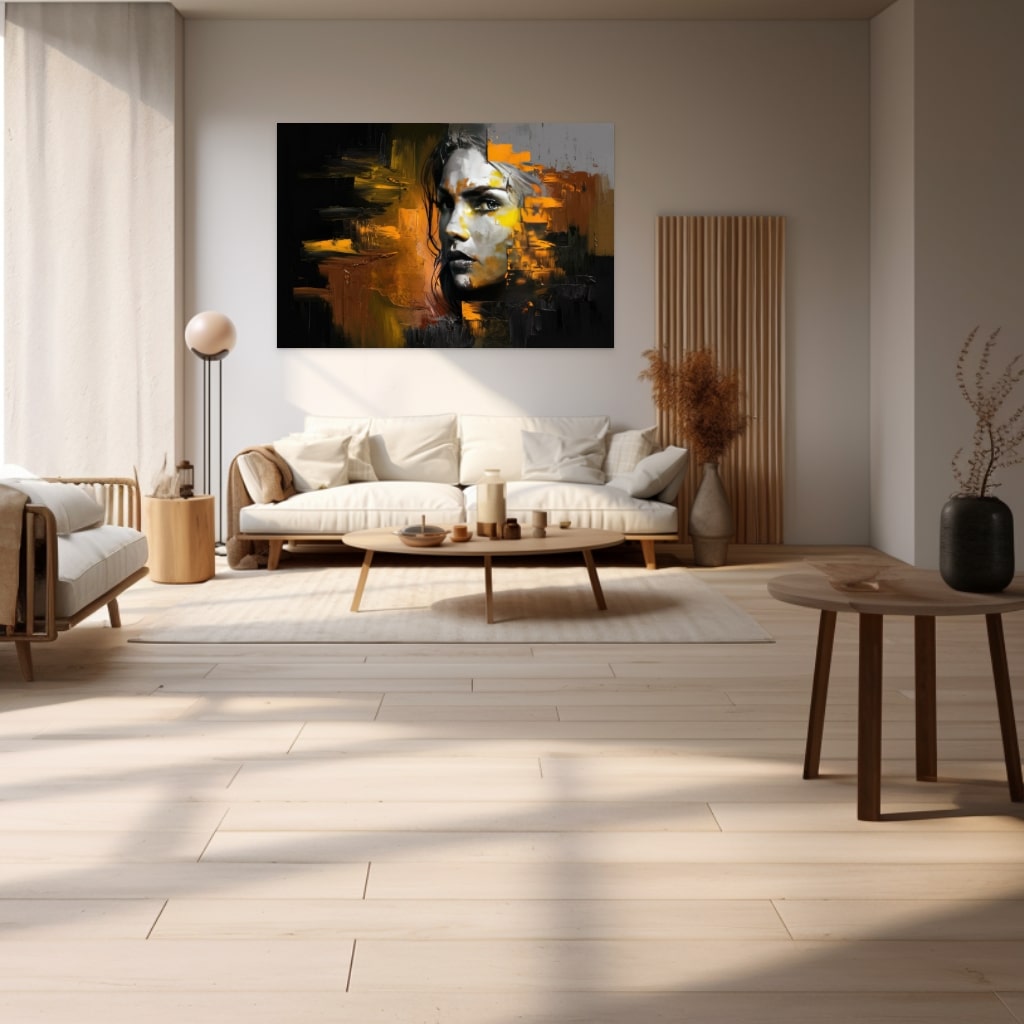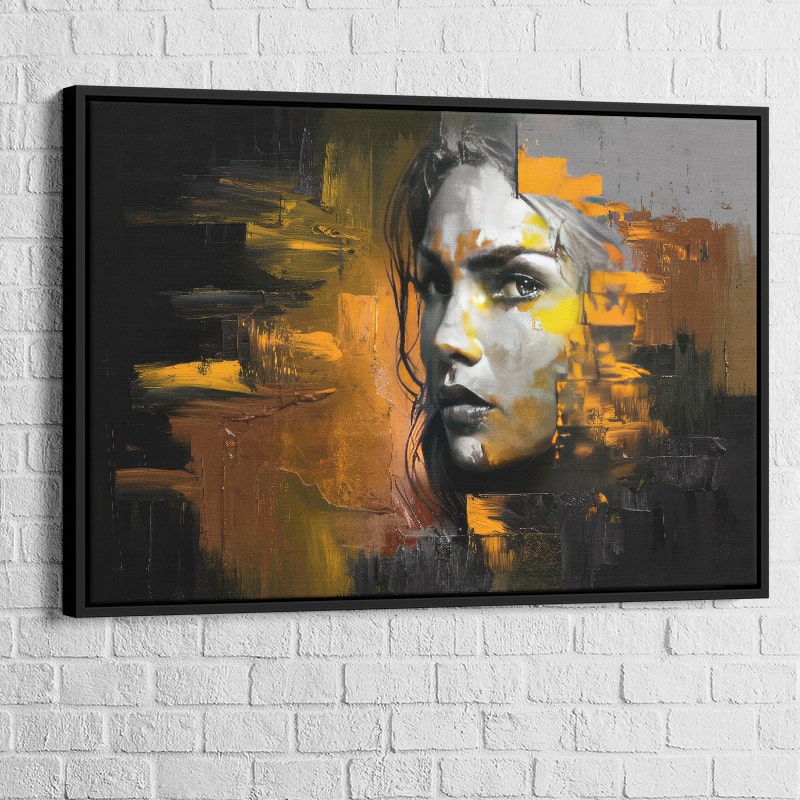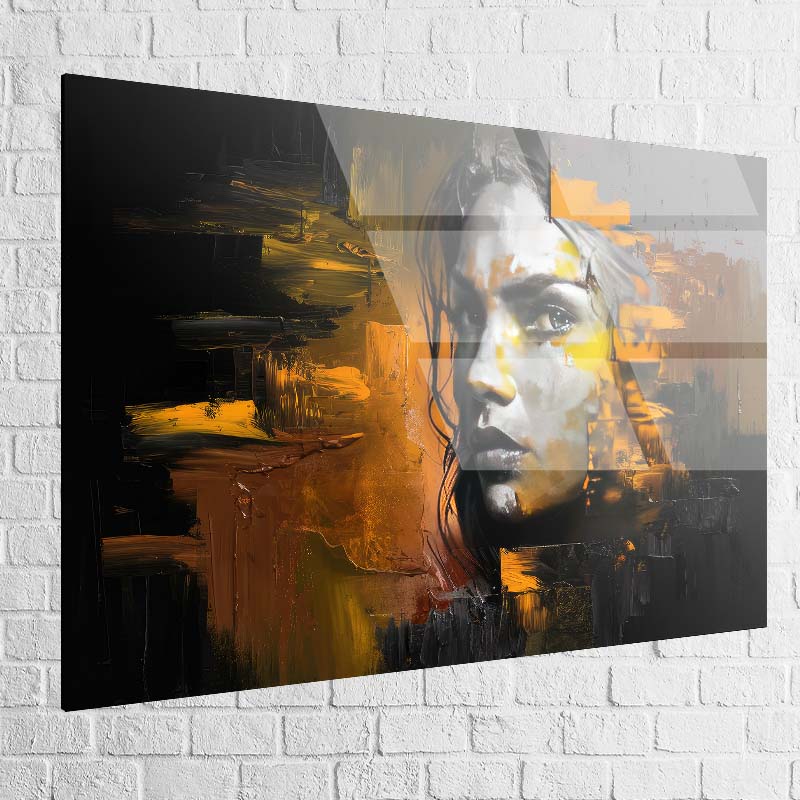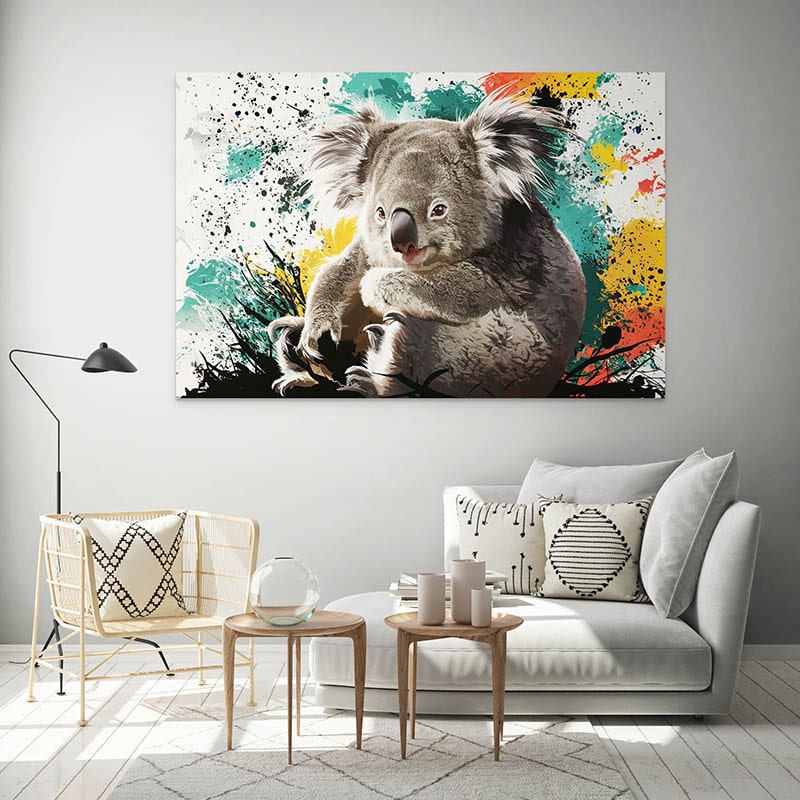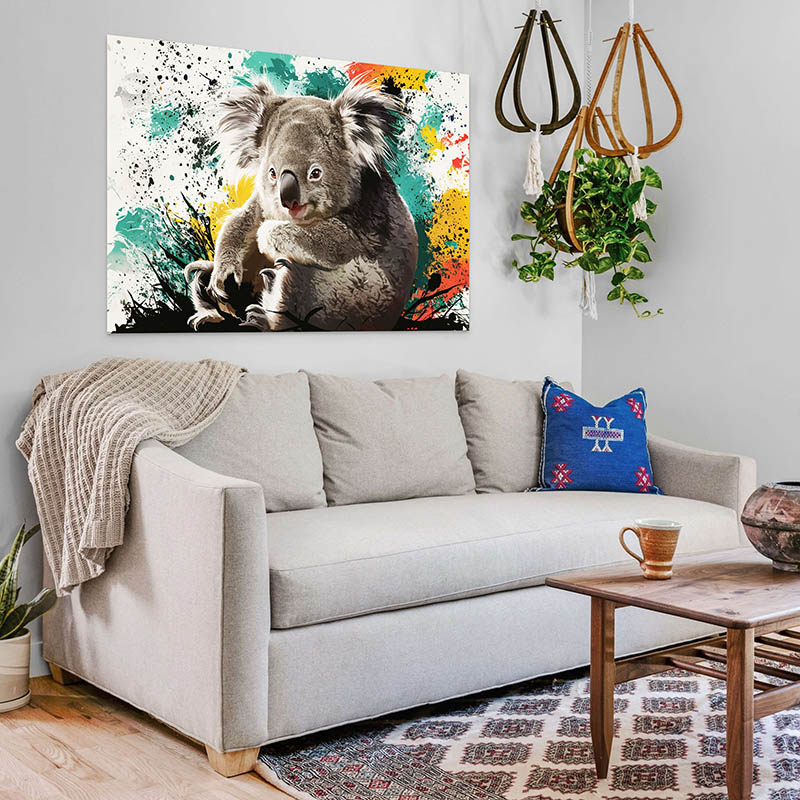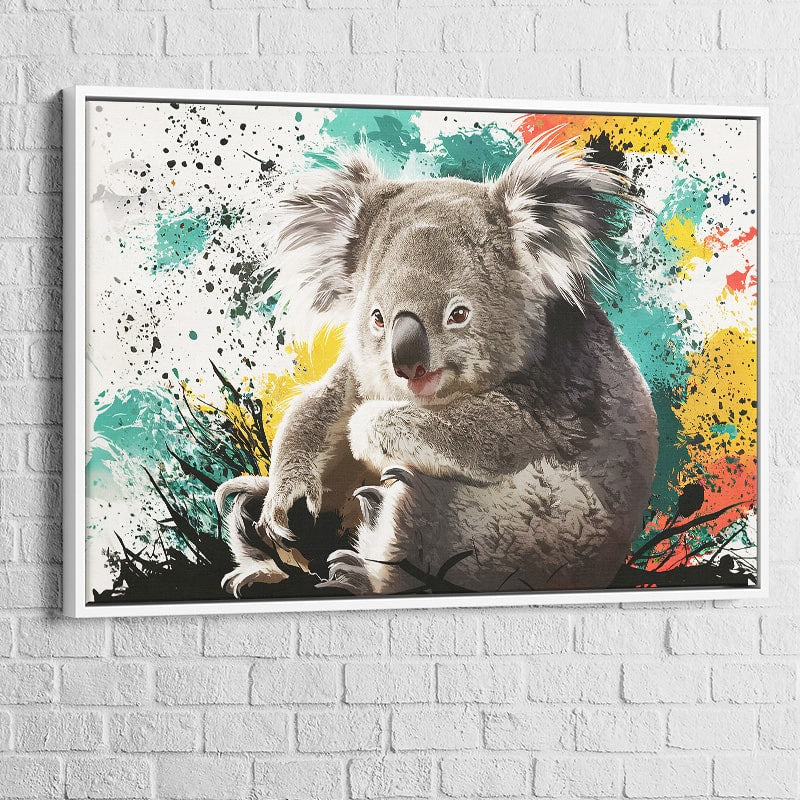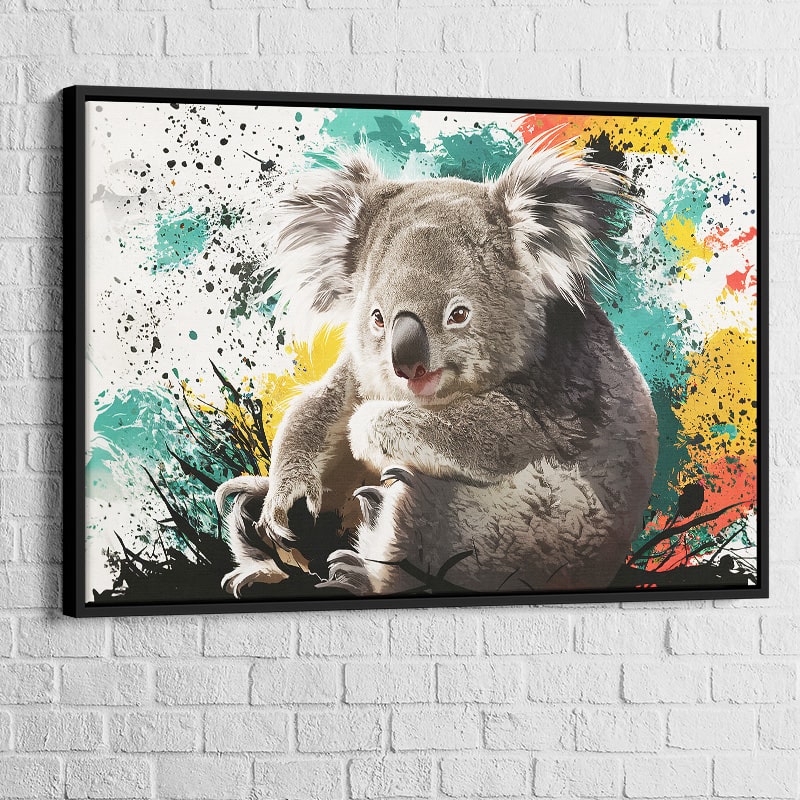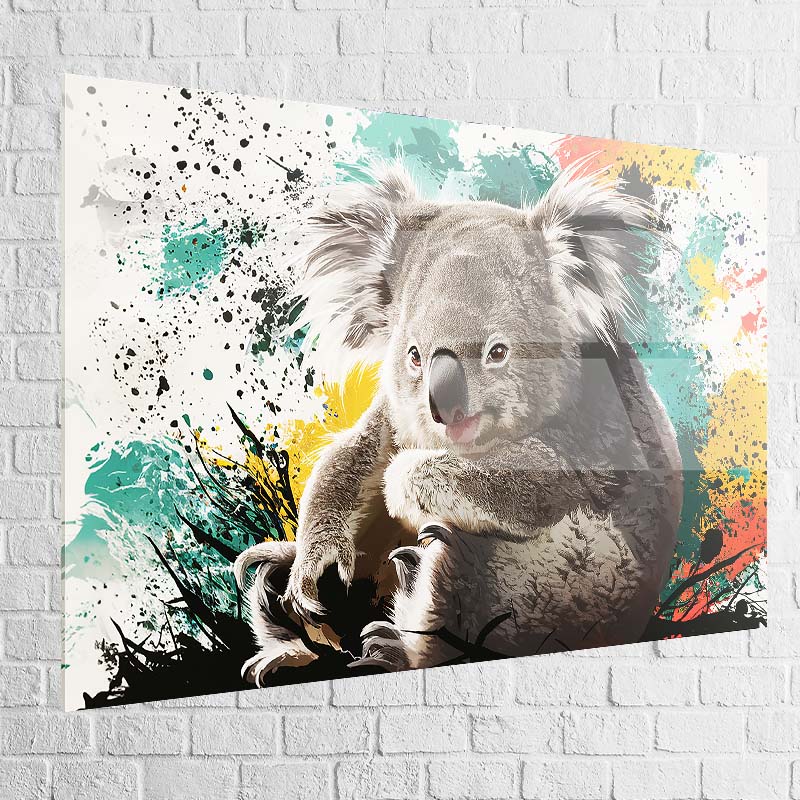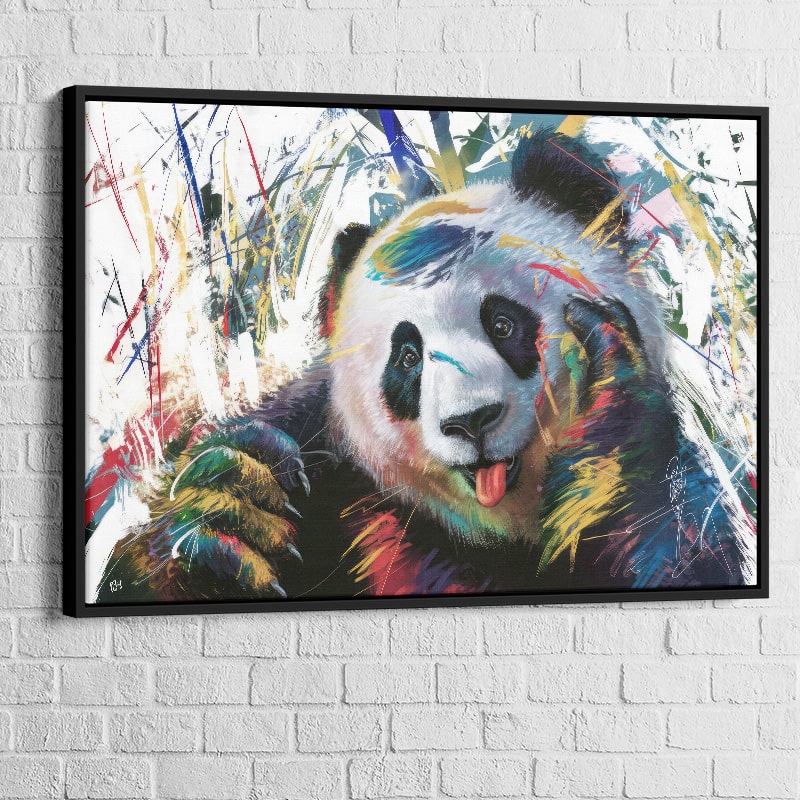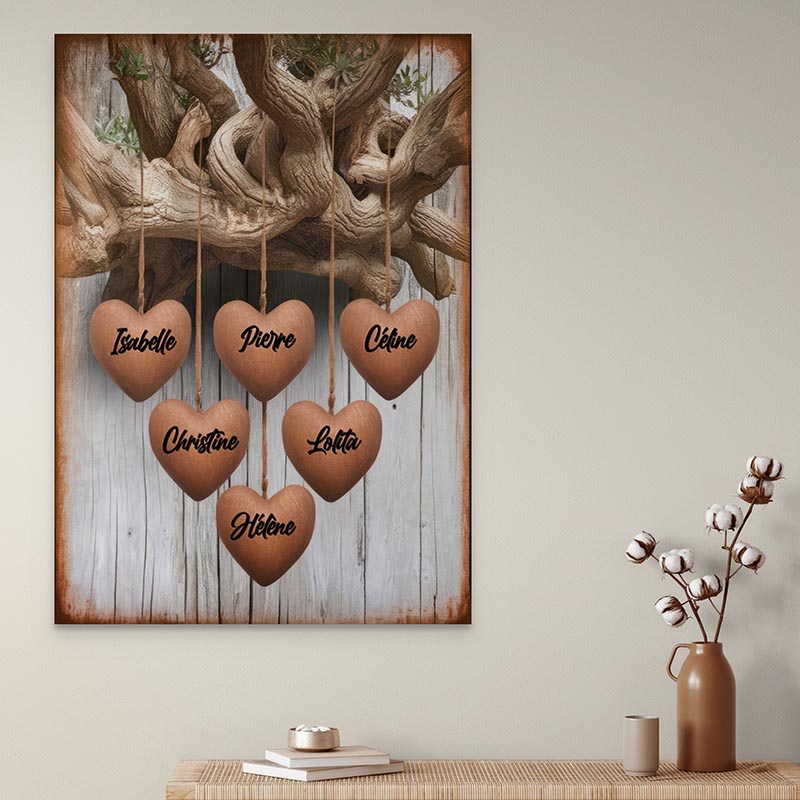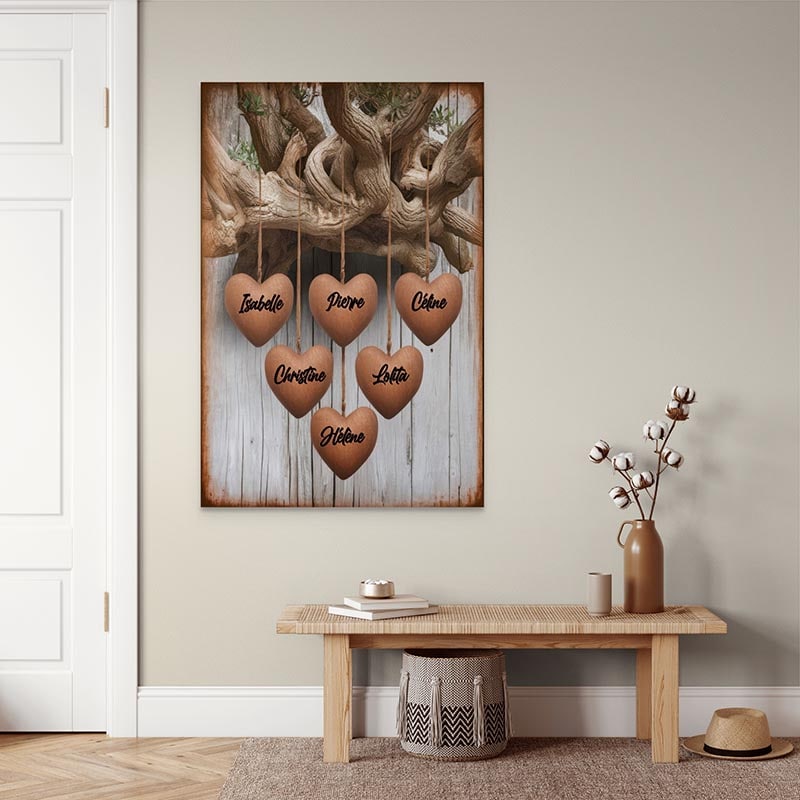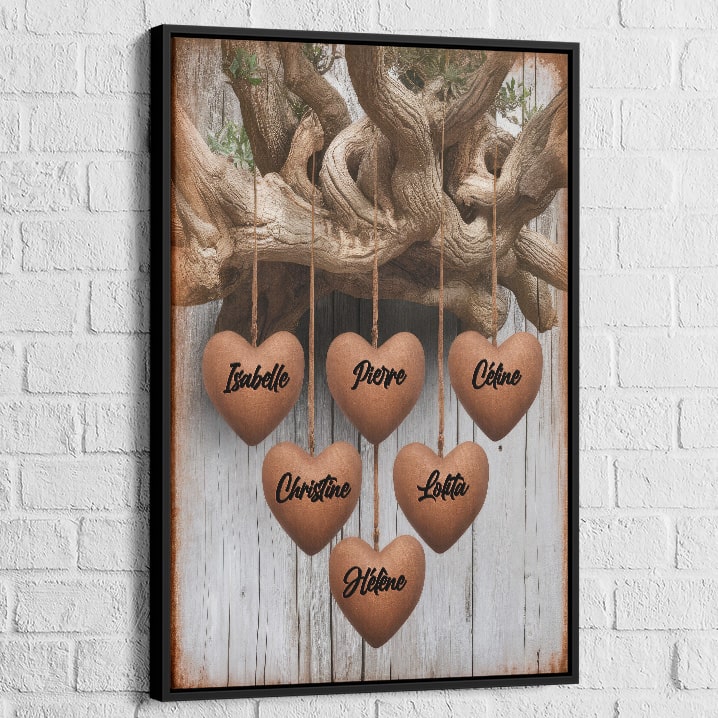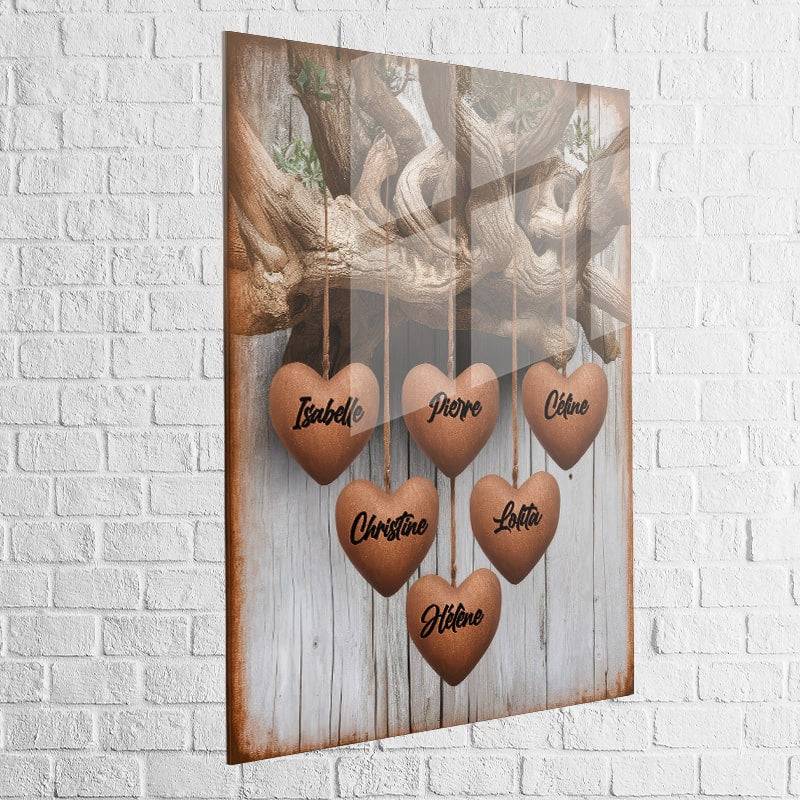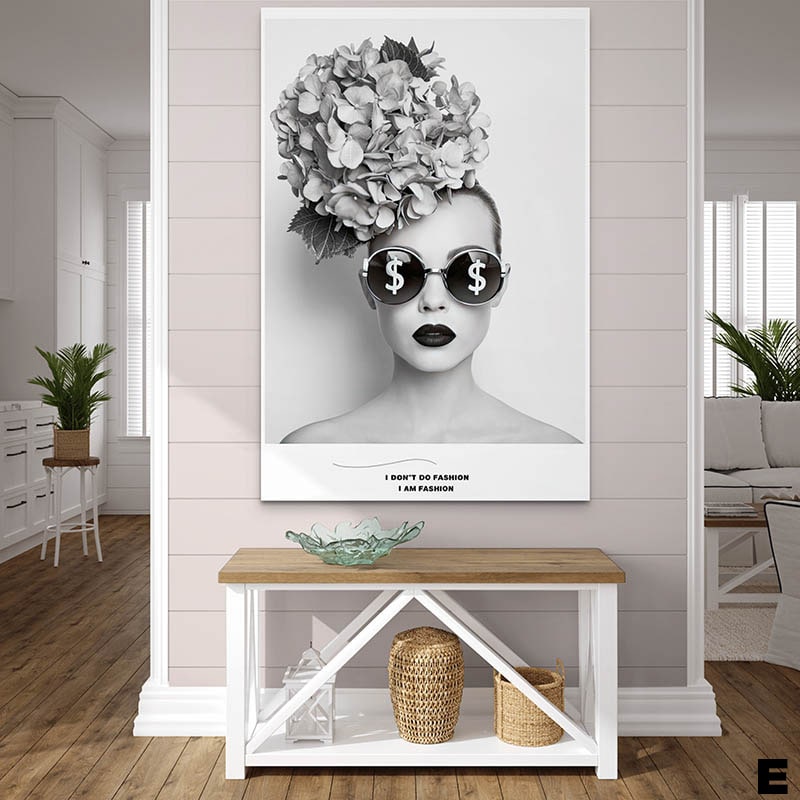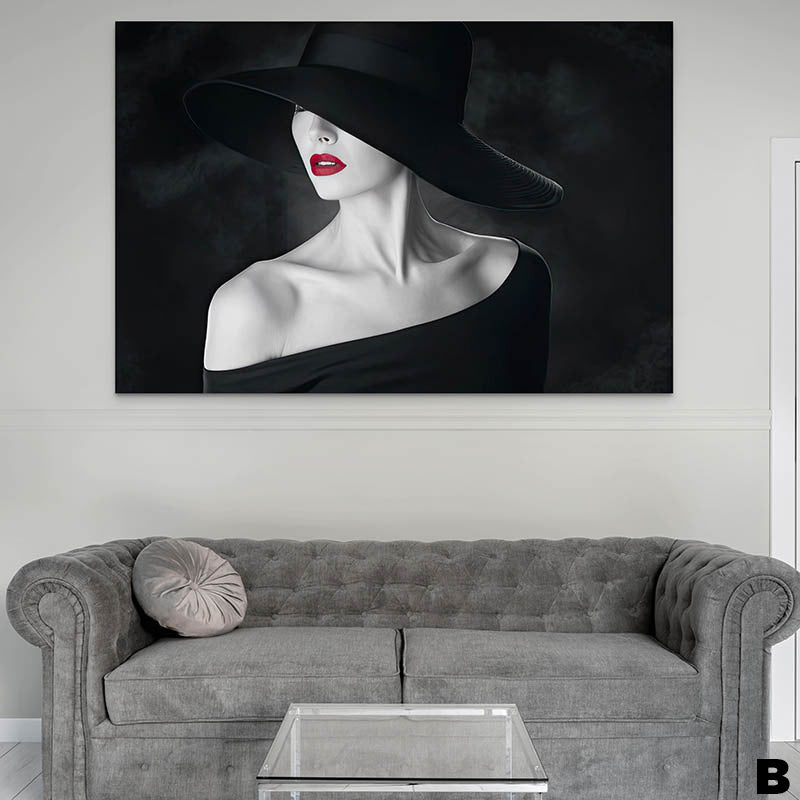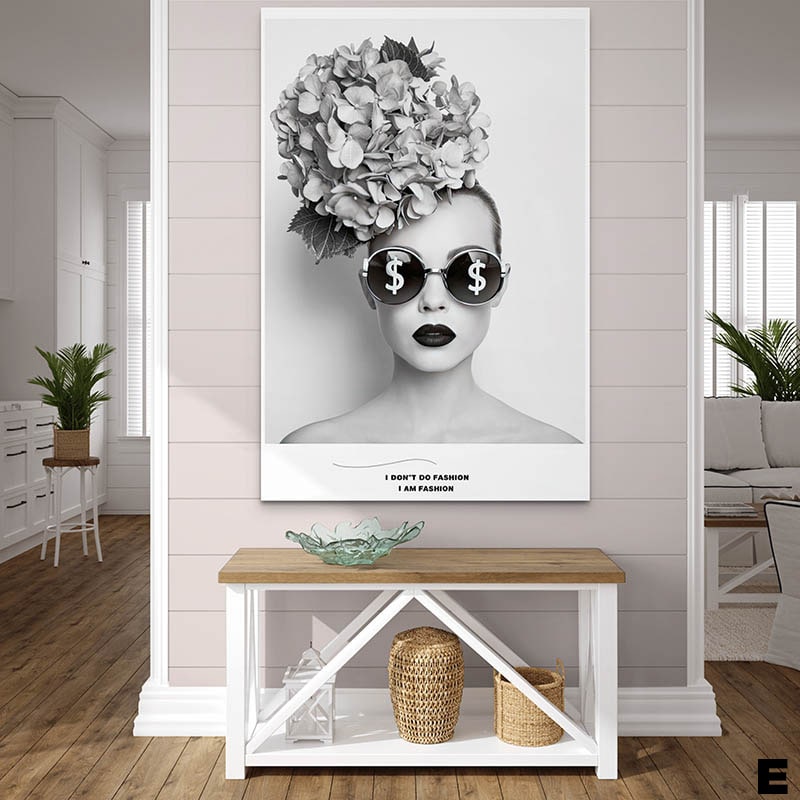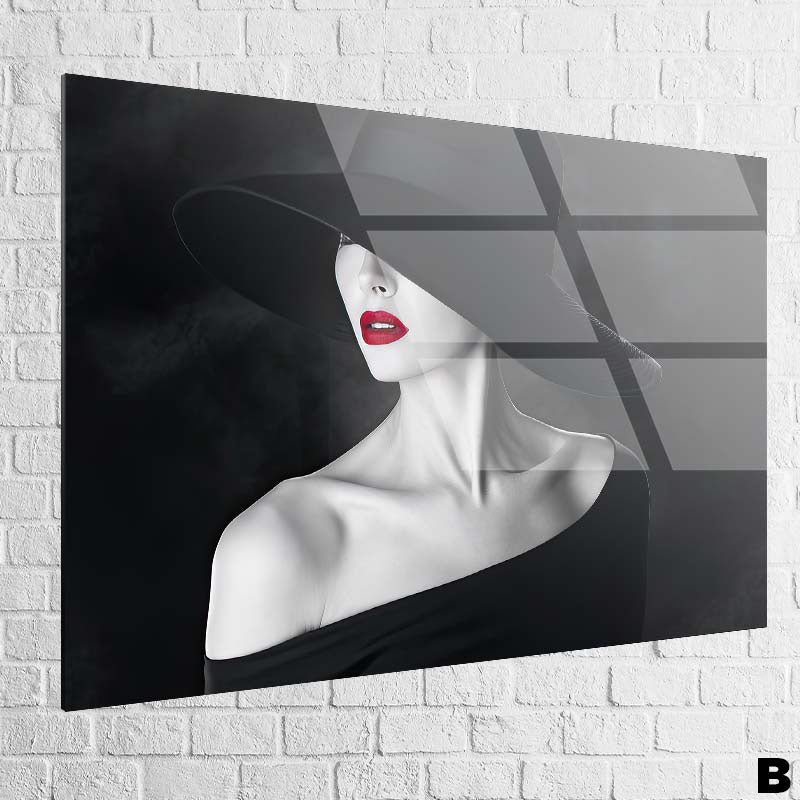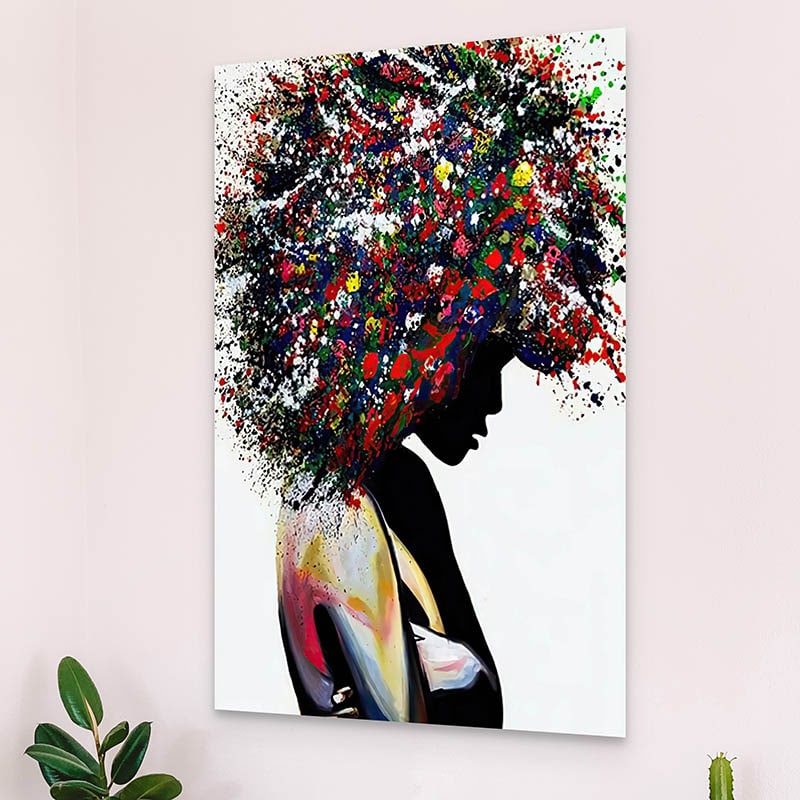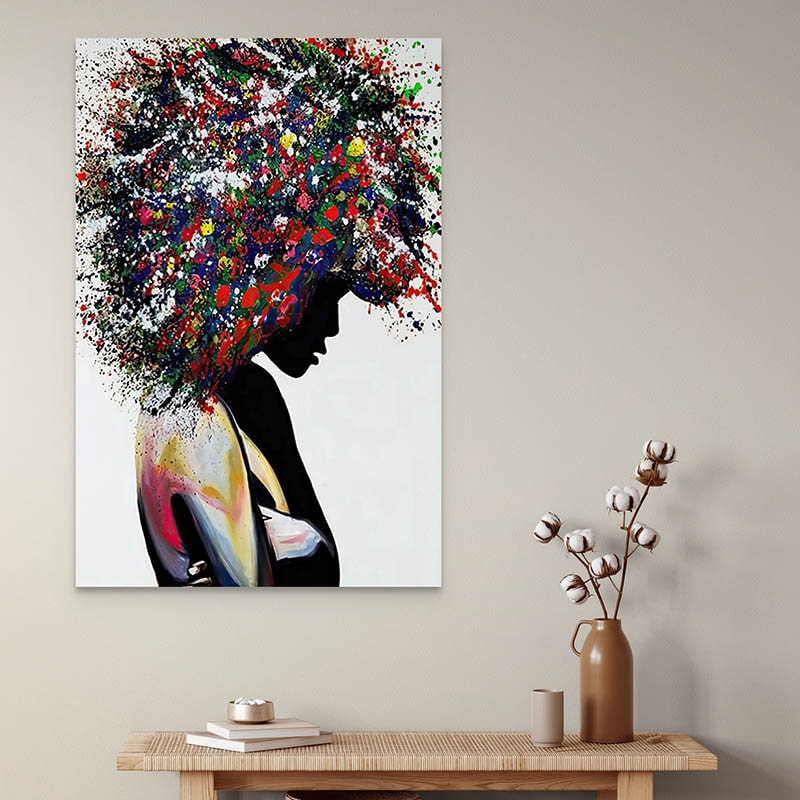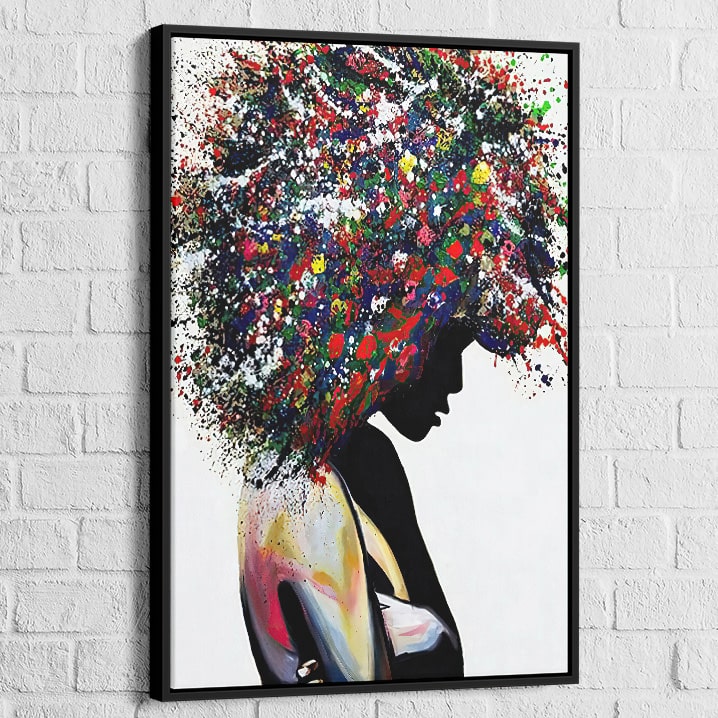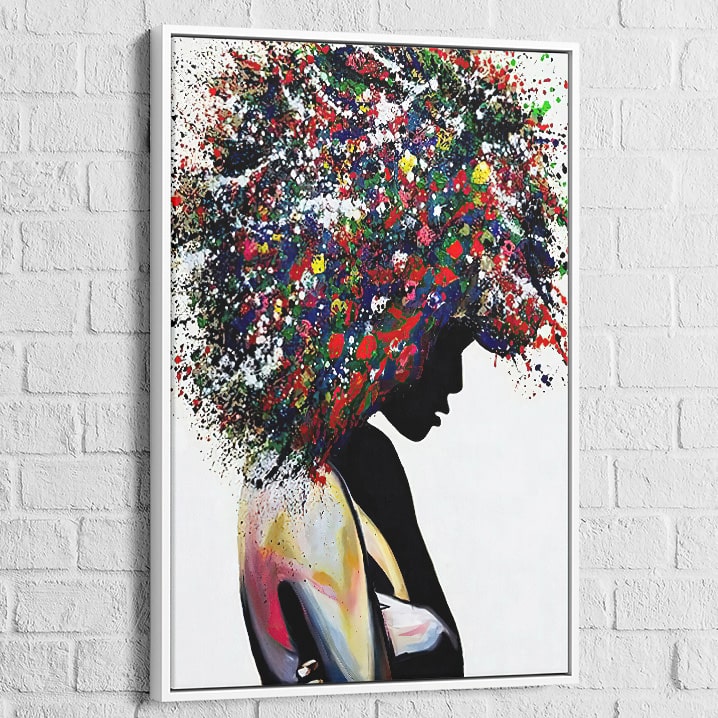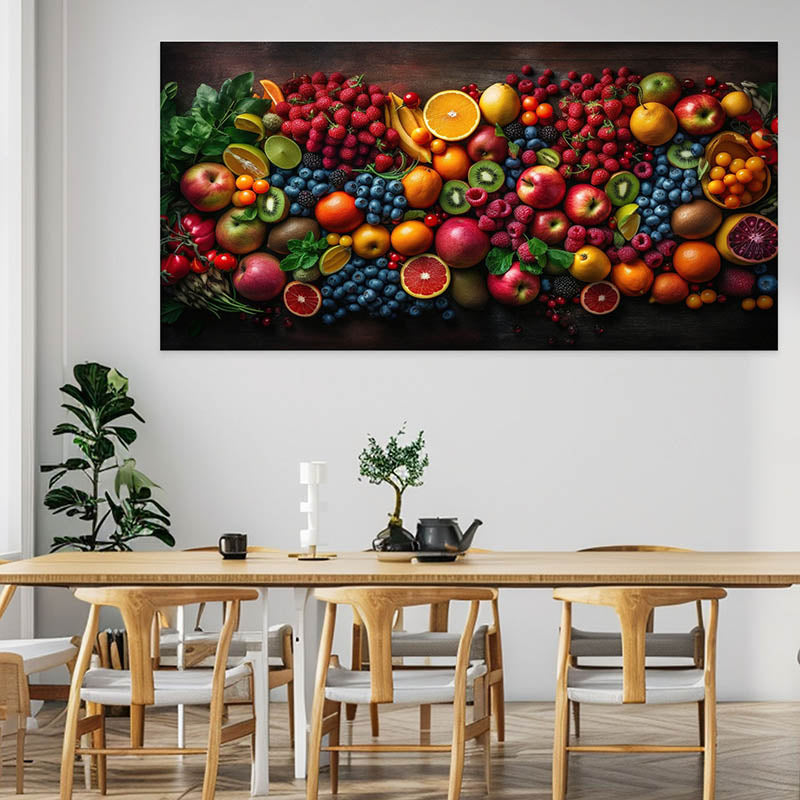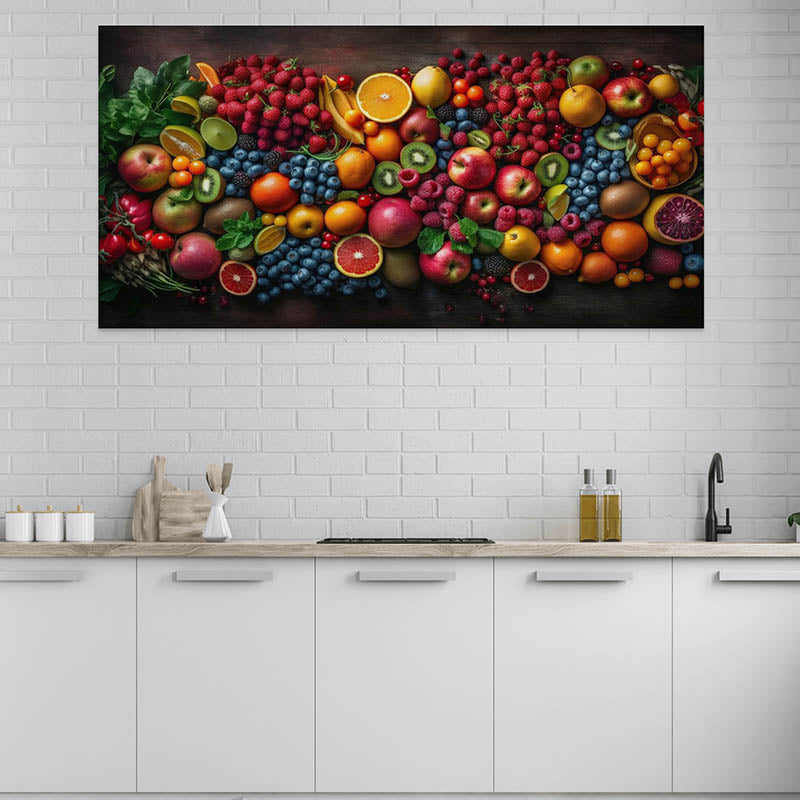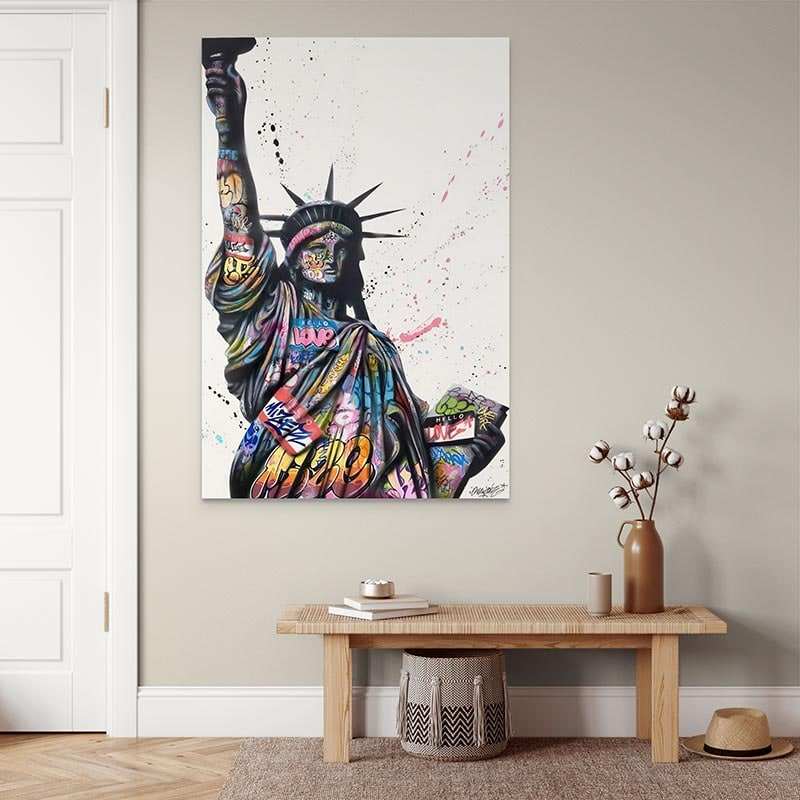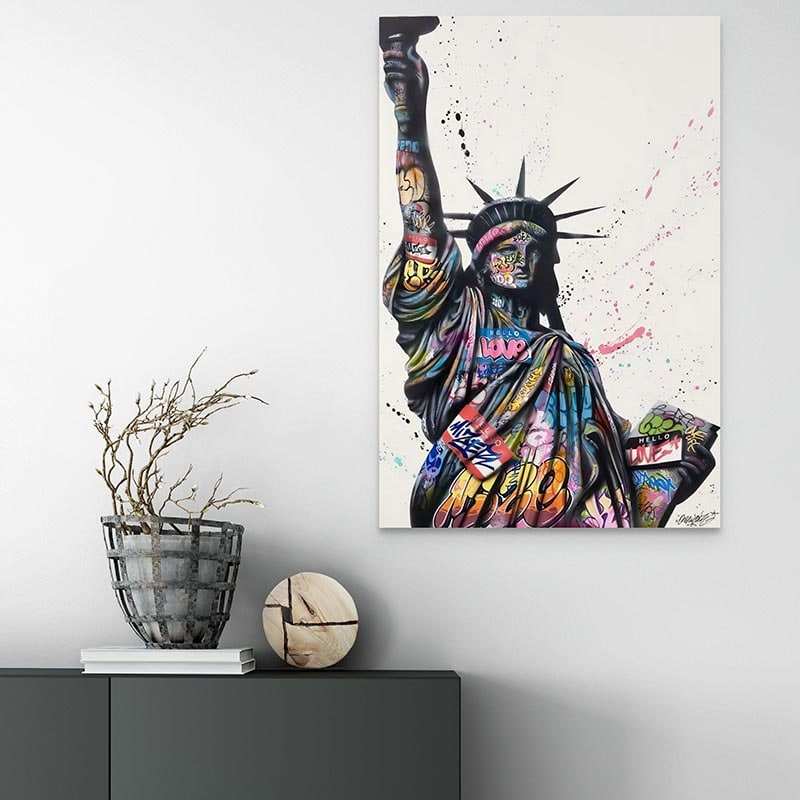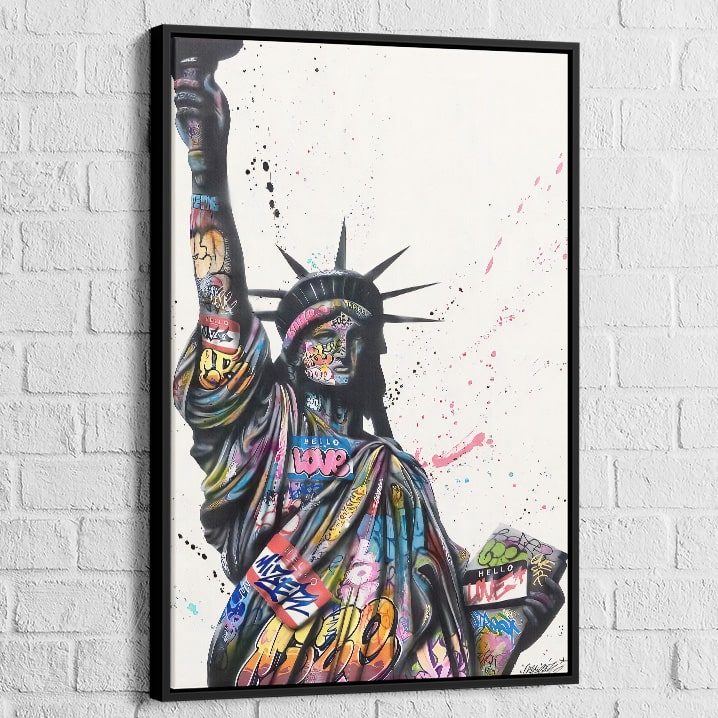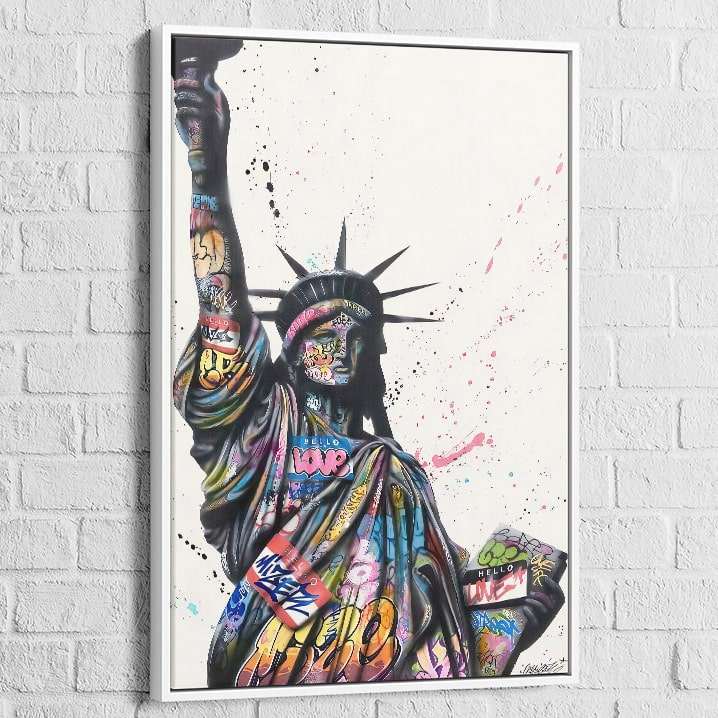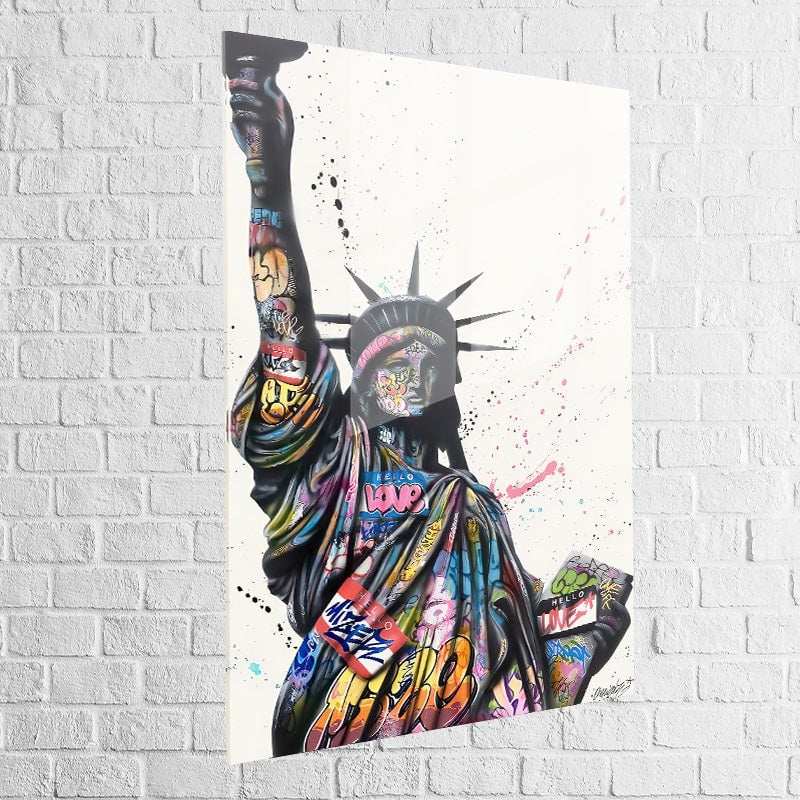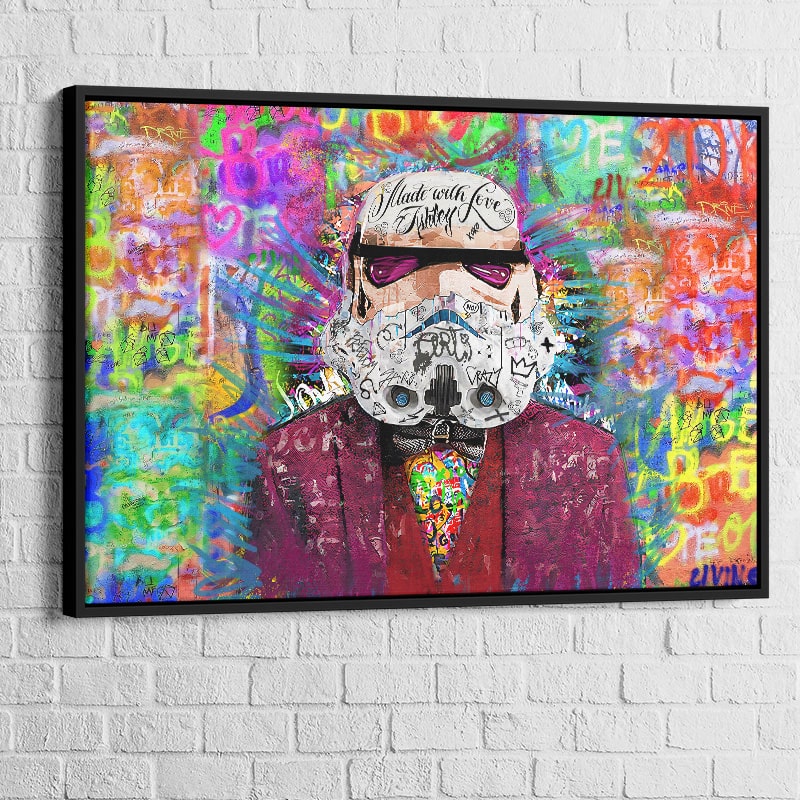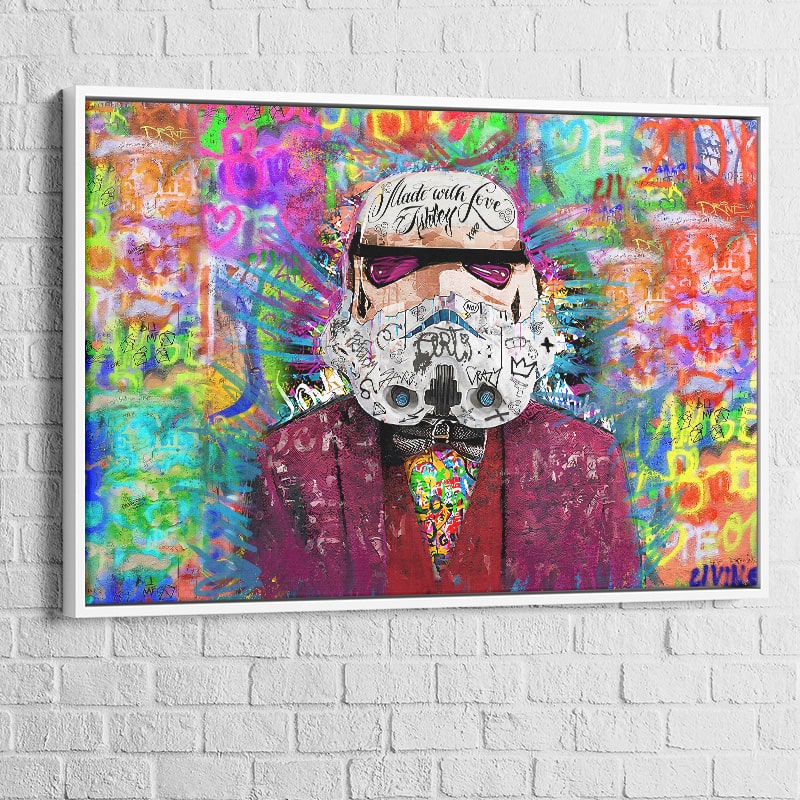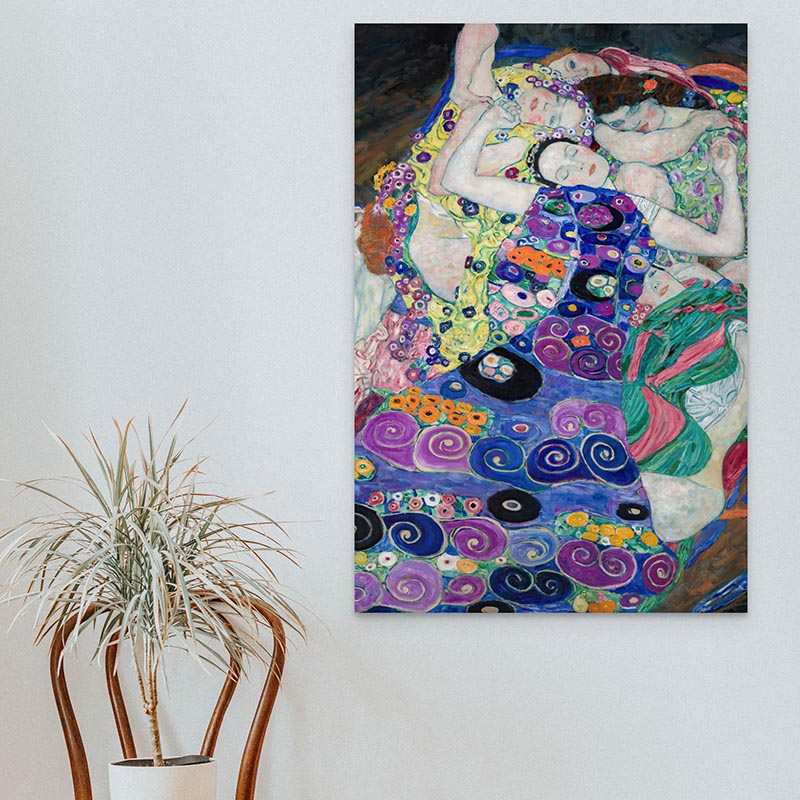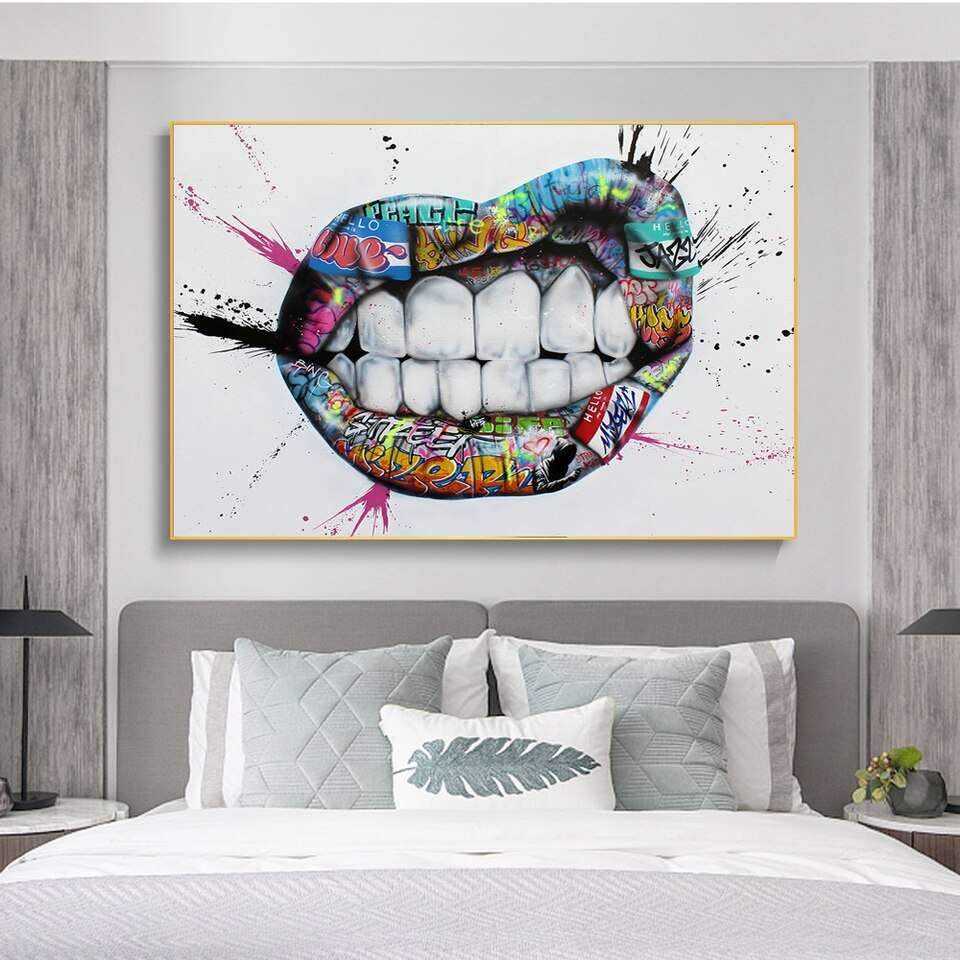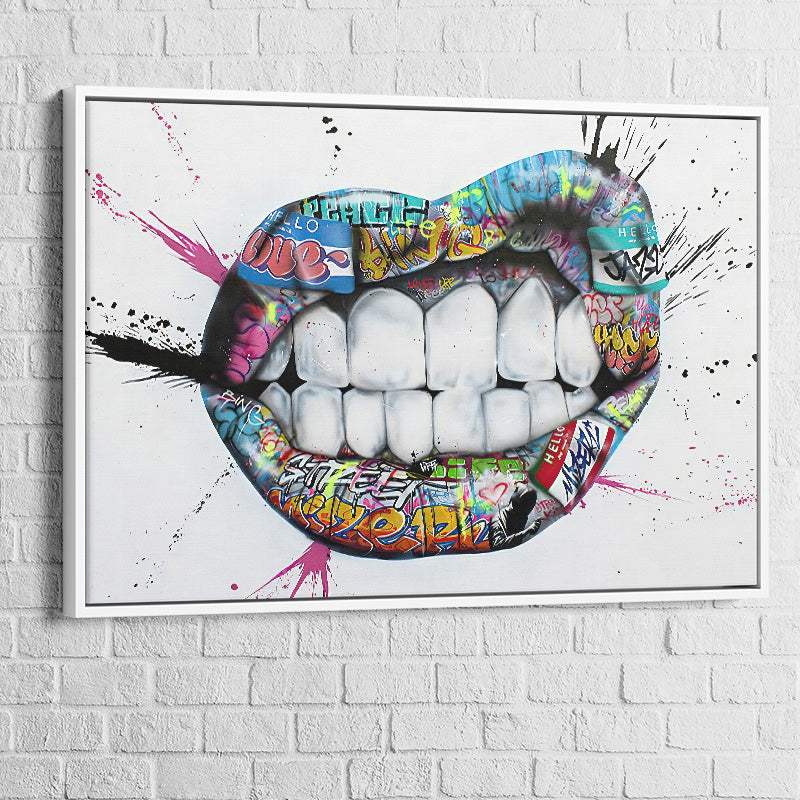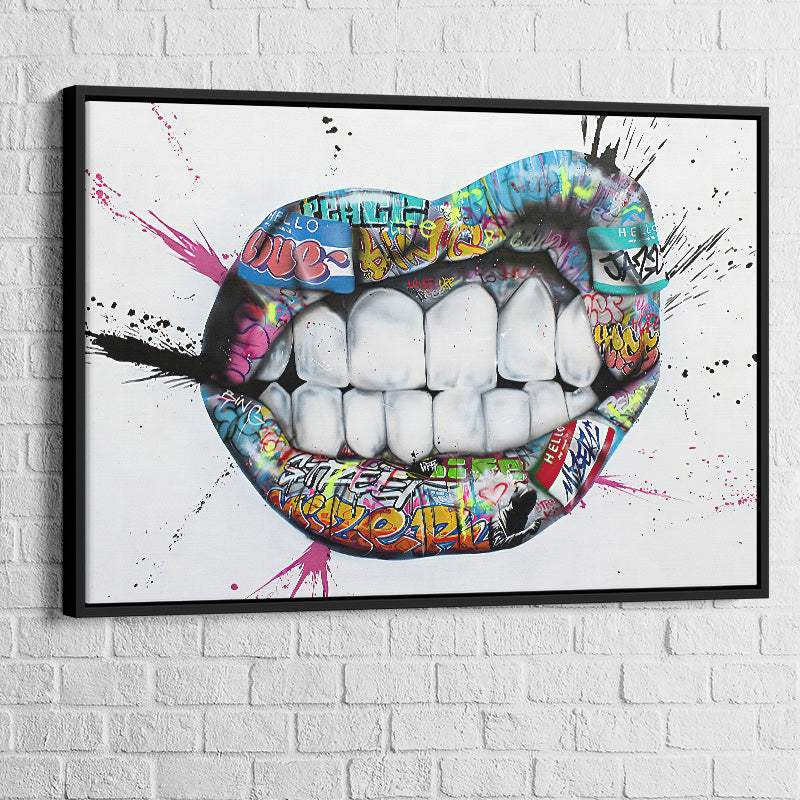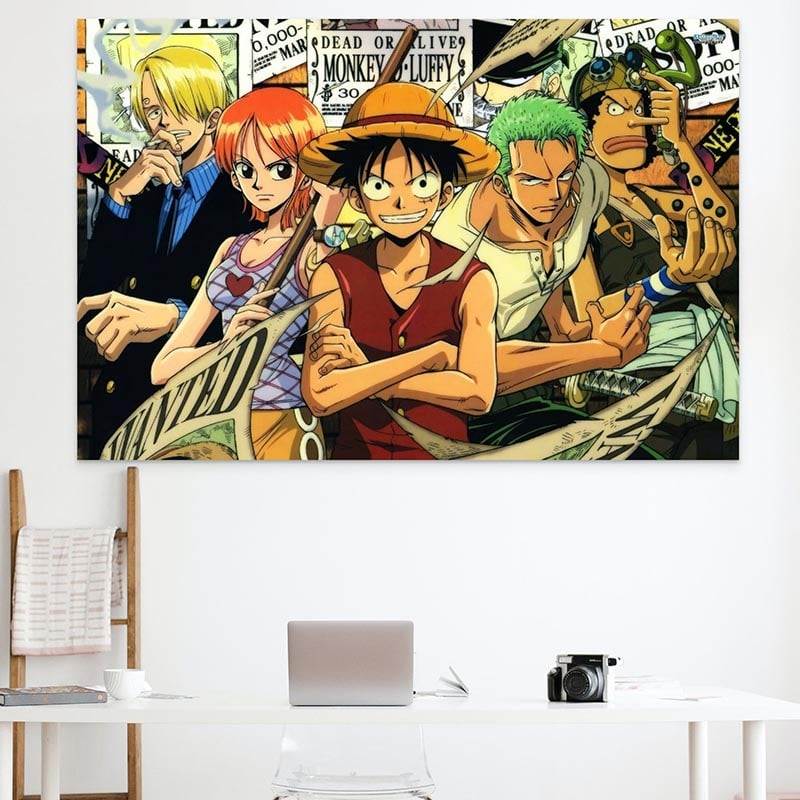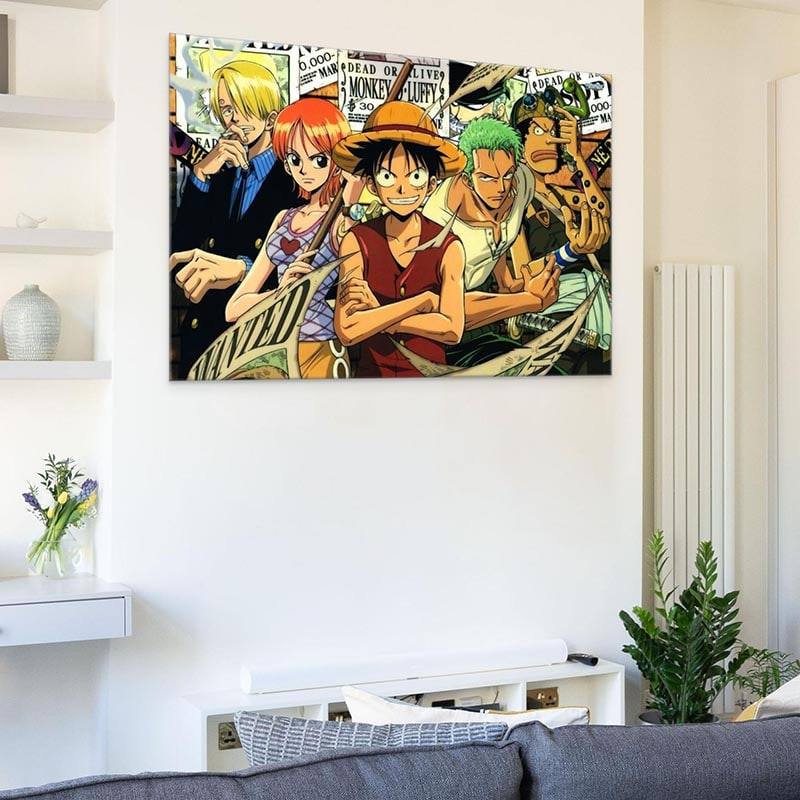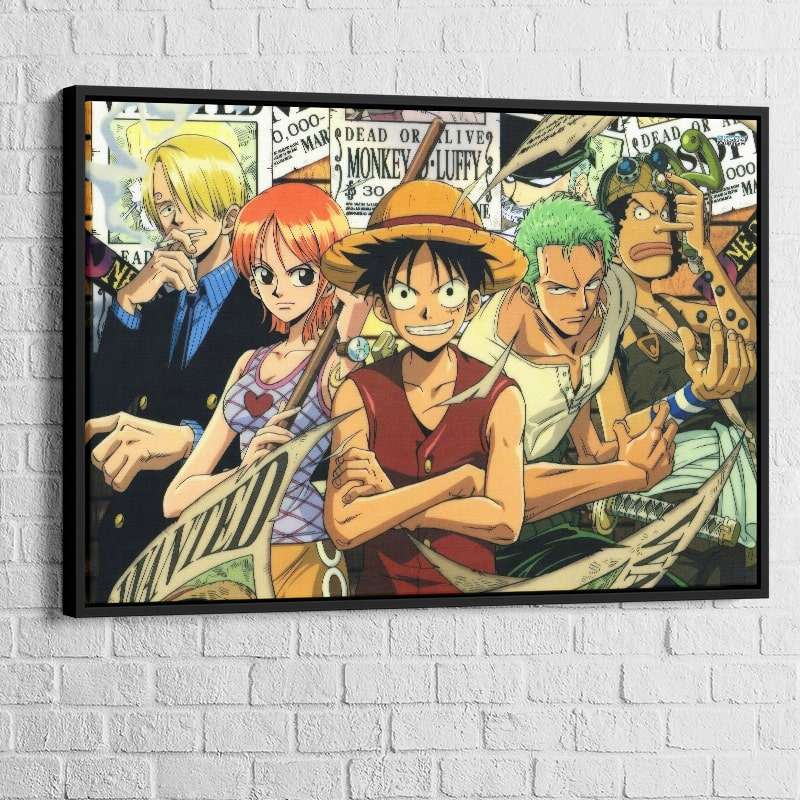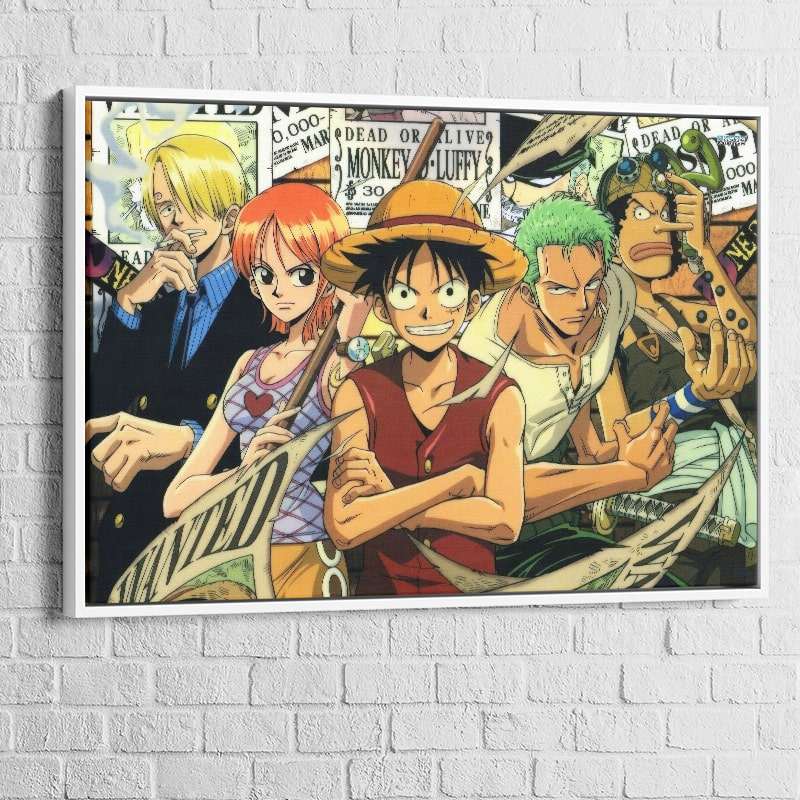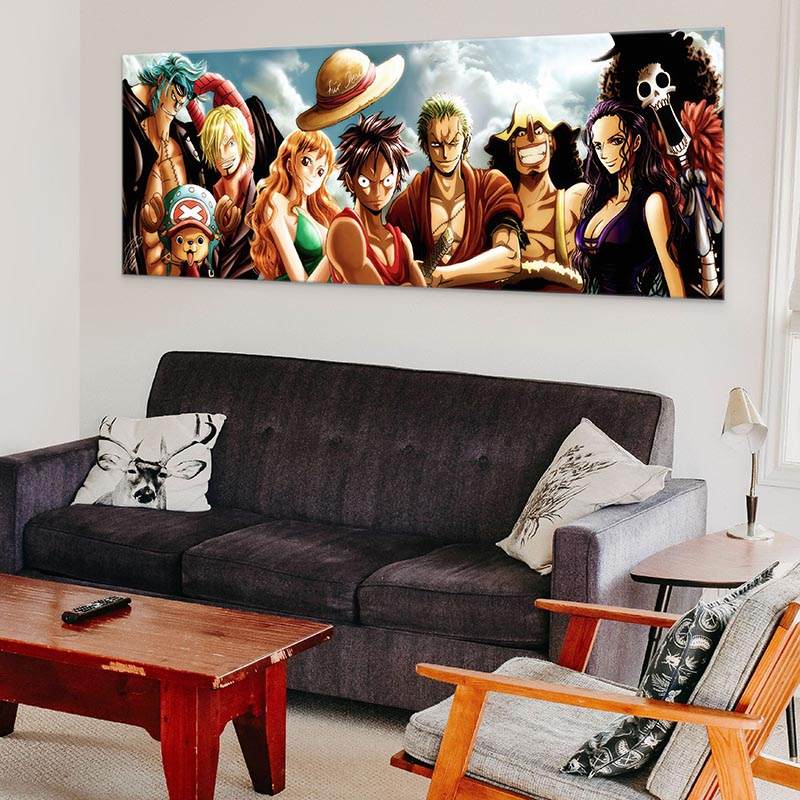How to fix a tear in a painting?
Whoever the collector is, everyone can be the victim of a tear in a painting. Drama can set in when there's a gust of wind, poor storage, or mishandling. What to do when this happens? It is not an easy task, but there are ways to achieve a satisfactory result. To repair a damaged painting, who can you contact? Can all paintings be repaired? This article will give you all the answers.
Is it possible to repair all the tears in the paintings?
There are many types of paints that artists can use. They can be made from:
- wood
- canvas stretched on a frame
- cardboard canvas;
- fibre canvas
All other categories can be repaired, with the exception of Wooden Painting, which is very difficult. The type of paint and its condition will determine the restoration process.
Case of a painted or blank painting
Repairing a blank board is very simple. The repairer will only have to attach the canvas to make it usable.
When the painting contains a work, the operation is complicated a little. It is important to ensure that the seams do not damage the design and do not impair the work of the author during the repair. A bad sting can lead to a different portrait.
The restoration of a stretched canvas
A specialist in is needed to repair a stretched canvas. This type of paint repair requires the canvas to be removed from the surface before it can be repaired. It is important to avoid manipulating the canvas so as not to damage it further.
Restoration of a corrugated canvas
Due to its composition, this type of canvas is difficult to repair. This painting is made of cardboard and covered with a painting canvas. This does not facilitate the repair of a tear. Before the cardboard can be restored, the canvas must be repaired using the appropriate threads. This type of paint is difficult to repair.
What about fiberboard?
This is one of the easiest to repair in the event of a tear. This type of web is easy to repair with a bit of skill. It is important to note that this material can easily cause serious tears when sewing.
It is best to have it repaired by a specialist due to its fragility.
How to repair a damaged painting?
A damaged table can be repaired. It is important to note that the notches should not be too large to attract attention. Any dent larger than 8cm is difficult to conceal and can cause serious damage to the artist's portrait. This requires the intervention of a professional.
In case of large tear, it is possible to opt for gluing the painting. Just glue the back of your canvas with a piece of linen fabric. To arrange the front, some paint is needed.
For gluing, it is mandatory to use one of the following glues.
- Wood glue
- Acrylic glue
- Caparol glue
To stick a tear perfectly, you can use a mixture of water, Meudon white and rabbit skin glue.
It is best to let the glue dry at room temperature after sticking it.
Who can repair a damaged painting?
A painting remains a fragile object. It is necessary to consult a professional in the field.You can patch your painting at home if the tear is not serious
The professional restorer
A professional restorer is qualified to repair a painting in the event of a tear. It is equipped with all the necessary tools to sew the different cuts of a painting.
Professional restorers have the ability to preserve the work without causing damage. Professionals can restore the originality of the portrait.
This repair expert can also disassemble and reassemble the canvas to create a better seam. This specialist will restore the painting on canvas, on fiber or on stretcher.
Repair your painting yourself
You can also repair damaged paint. Before starting this operation, make sure the tear is not leaking and can be sewn up.
The tear can be easily stitched up using a surgical needle and sewing thread. You must also be careful during the operation so as not to further damage the fabric.
Also read: 17 techniques to learn to paint.
There are several types of tears
There are many types of tears. There are many types of tears, from a simple tear to a large gaping hole. There are many repair options for each type of tear. Here are the most common tears:
- Right tear
- Clean tear
- Clean slot
- Tearing of the packaging.
The first three (3) tears are easier to repair, while the restoration of the last requires a specialist. A tear in a web can be small or large.
Materials needed to repair a torn or damaged canvas
Repairing a torn web requires many things. A plastic bag and a soft cloth made of linen or cotton are required. A restoration cloth can be used to repair a canvas in poor condition. You will also need a clean cloth, water and flat paintbrushes.
To repair your paint, you will also need a high quality glue. You can use acrylic glue, solvent-free wood glue, or vinyl glue. This operation can also be done with caparol glue, or a mixture of "rabbit skin" glue + Blanc Meudon / Blanc d'Espagne, or Gesso. However, rabbit skin glue is not without its limitations. It can cause mold and bacteria to grow in damp areas, which can lead to damage to the canvas.
What is the best technique for a torn piece of art?
There's no one way to fix a tear in a painting. They vary depending on the severity of the tear. Depending on the case, you may need to use edge-to-edge, end-to-end, or inlay techniques.
Edge-to-edge method
The edge-to-edge technique should be used if the scars on the board are not large enough. This is to first adjust the edges of the tear without them overlapping, then glue them together.
However, this approach is quite complex. It is done blind on the affected canvas, which can make it difficult for beginners. Before starting, it is important to practice and get help from experts.
Thread by thread darning is a technique
The technique of darning thread by thread can be used on fabrics where the size of the tear is neither too large nor too small.It consists of sticking canvas threads in the tear to hide the imperfections, as its name suggests. To do this, it is important to remove the threads from the edges of the canvas in order to preserve enough of the original material.
This operation is not within everyone's reach. It is important to hold the wires using recessed tools before gluing. It is necessary to avoid creating thicknesses because this will cause problems during the retouching. Everything happens on the back of your canvas, just like edge to edge.
The technique of inlay
The embedding method can only be used when the tear is receding. To fill the gap, you will need to find a piece of canvas of the same shape. This operation is similar to the previous one. It requires you to remove some of the canvas around the edges.
You have to remove the missing piece of canvas, then reconstruct the remaining one in the same way. This must be placed in the hole on the back of the board and glued. Be careful not to add thickness to the edges. The repair won't be as effective as you expected.
How do you glue an acrylic painting that is out of place?
You must first lay the canvas flat to repair a crack using the gluing technique. To avoid overflows, place a plastic bag (or a film) of protection at the place of the tear. The front and back sides of the canvas are used for glue.
Repairing the cracks on the back of the torn canvas
Priority must be given to repairing the back of the torn canvas. This should be done immediately.
- Clean the surfaces to be bonded.
- Use a brush to paste the outlines of the tear on an evenly sized strip.
- Place the strip of fabric over the tear, then press down with your fingers.
- Use a flat brush coated with glue to smooth the glued strip.
- Use a damp cloth to squeeze out any large burrs from the bandage.
- Place a heavy object (eg a dictionary) on the glue. Leave to dry for at least a day to allow the glue to set.
- Remove the press and leave it on the board, so the glue can better print on the tear.
The drying time for this last step depends on many factors, such as the season and the humidity. You have completed the first stage of the repair. You will now need to repair the crack in the front of the canvas.
Repairing cracks on the front of the torn canvas
You will need to:
- Place your back against the table;
- Assemble the two notched pieces to close the tear.
- Use a spatula, or your fingers, to flatten the scar. This will prevent any blistering that may occur after drying.
- Air dry the board with the tear off until the glue dries completely.
It is possible to glue the surface of the tear. This will make your scar flatter and smoother.
Additional touch-ups to fix a cracked image
To completely cover the scar, you will need to do a few more touch-ups after it dries. It all depends on the type of painting you are editing. You can touch up a painted canvas with Gesso or a light coat of acrylic paint. You can smooth the scar and make it look elegant.
gesso is also available for flattening a blank canvas. It is important to paint several layers on the canvas. The scar will not disappear if this is not the case.
Repairing a crack in a painting is limited to tears less than 8 cm It is best to call a restoration professional if the tear is greater than 8 cm. This applies even if a part is broken or the tear is difficult to access due to its impractical studs.
A tear is used to repair damaged cardboard or wooden paintings.
Tearing can also be a problem for acrylic paints. Tears can also damage cardboard paintings and damaged paintings on wood. These scars may affect the support of the artwork, but not all of them. It is important to fill the gaps with a suitable material, as with a classic canvas restoration.
After this operation, you are able to apply the dubbing technique. It involves gluing a new canvas to the back of an old canvas using an adhesive based on animal or vegetable glue. In order to preserve the canvas and maximize its lifespan, the objective is to consolidate its support.
The lining of a damaged wooden or cardboard canvas involves several steps. It is important to fill in tears and snags, as well as clean up dirt and varnish. Then apply wax-resin to the liner and fill in the gaps. You will need to finish the job by adding varnish and edge protection.
What are the alternatives to lineage?
There are two similar methods for repairing a board tear, except you don't use backing. The first is dubbing. This process, which is similar to lining, consists of attaching a new canvas over an existing canvas. However, this is a newer technique, usually using an adhesive of a synthetic nature.
Maouflage is the second technique you can use. It is very useful in the renovation and maintenance of works of art. This is an old technique that requires the attachment of a light surface to a solid support (canvas or wood, wall). Depending on your equipment, this can be paper or canvas. You will need a mask to use it. This is a kind of strong glue that hardens as it dries.
In summary: Repairing a tear in a painting
A painting or canvas is a work of art that plays an important role. It can be used to decorate a space or be displayed to an audience for cultural purposes. This masterpiece can be damaged in any of these cases, which can affect its aesthetics. There are certain repair techniques that can be used to restore a painting instead of having to purchase a new one. They do not require any special skills. They depend on the difficulty of the hole.
It doesn't matter if the hole is square, gaping, or with pieces removed, anyone skilled in this field can fix it. Even better, if the hole isn't too big, you can fix it yourself by following the right steps. We'd love to hear about your methods for repairing arrays.
.


